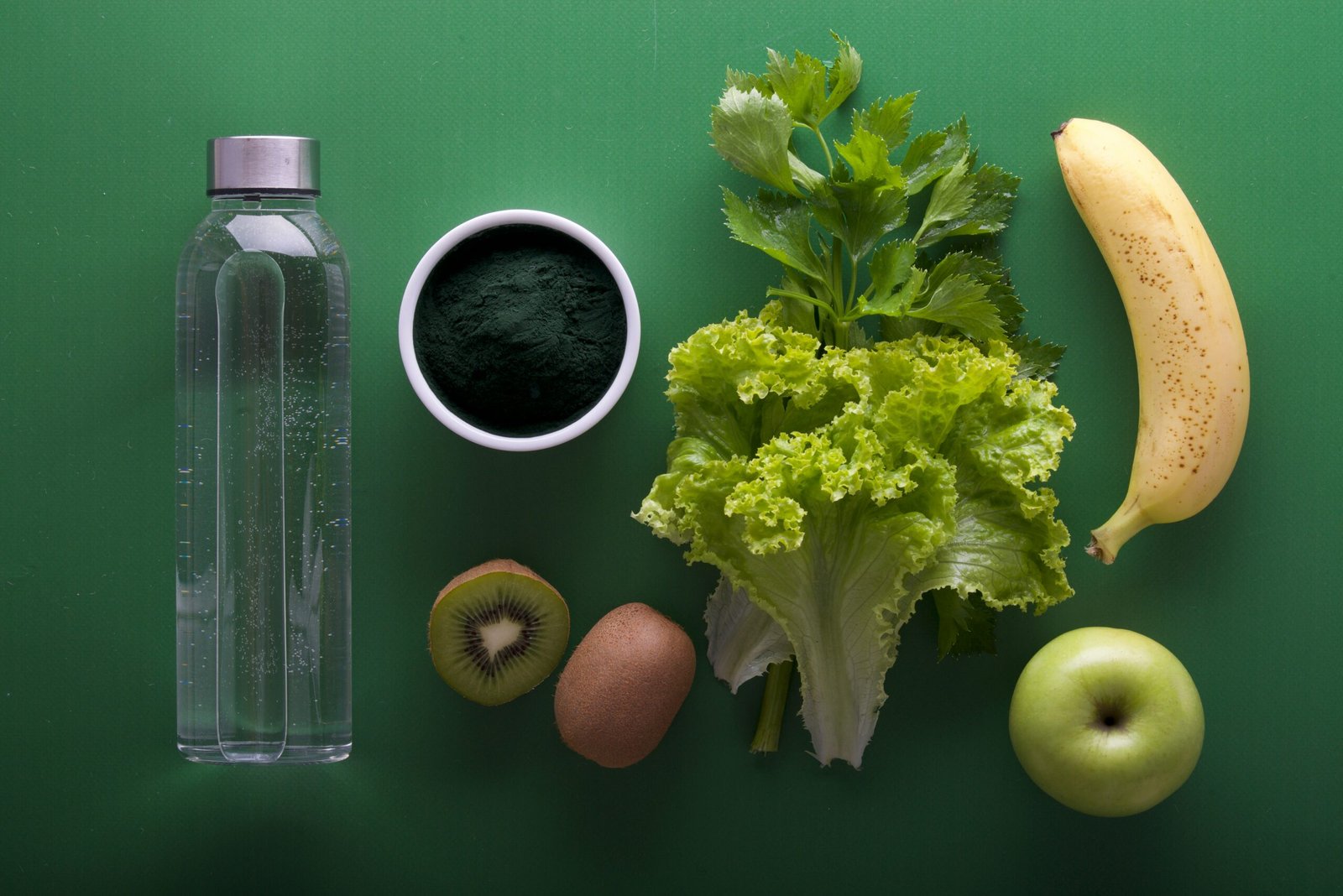Exploring the Vibrant Lifestyle Trends in the Philippines: A 2023 Perspective
The Rise of Sustainable Living in Urban Areas
In recent years, the consciousness surrounding sustainable living has dramatically increased among Filipinos, particularly in urban areas like Metro Manila. The evolving lifestyle in the Philippines is witnessing a significant shift towards practices that prioritize environmental preservation and resource conservation. This new trend is driven by the growing awareness of the adverse effects of climate change and urban pollution, prompting individuals and communities to embrace alternatives to conventional living.
One notable initiative gaining momentum is the zero-waste movement. Urban residents are increasingly adopting practices that minimize waste generation, promoting recycling, composting, and the use of reusable materials. Community-led workshops and campaigns are actively educating citizens about waste segregation and the importance of reducing single-use plastics, which significantly contributes to the environmental crisis.
Another aspect of sustainable living in urban settings involves the rise of urban gardening and organic farming. Many Filipinos are now transforming their balconies, rooftops, and vacant lots into lush gardens, cultivating a variety of fruits and vegetables. This not only addresses food security but also fosters a deeper connection with nature and encourages healthier eating habits. Local ordinances are increasingly supporting these initiatives by providing frameworks for community gardens and facilitating access to sustainable farming resources.
Moreover, eco-friendly establishments are becoming more prevalent in cities, where restaurants, cafes, and markets focus on sourcing local produce and minimizing their carbon footprint. These businesses promote conscious consumerism, offering products that are ethical, organic, and sustainably sourced, thereby encouraging consumers to make environmentally responsible choices.
As evidenced by these noteworthy practices, the lifestyle in the Philippines is evolving to reflect a stronger commitment to sustainability. The rise of sustainable living in urban areas is a testament to the growing desire of Filipinos to protect their environment and create a more resilient future for generations to come.
Digital Nomadism: A New Trend for Millennials and Gen Z
In today’s interconnected world, digital nomadism has emerged as a significant lifestyle trend, particularly among Millennials and Gen Z in the Philippines. With the continuous prevalence of remote work opportunities, young professionals are increasingly opting to blend work with travel, seamlessly adapting to a life that prioritizes flexibility and the exploration of new experiences. This trend has burgeoned, especially in the wake of the COVID-19 pandemic, as many companies have embraced flexible work arrangements, paving the way for a mobile workforce.
Popular destinations for digital nomads in the Philippines include picturesque locations such as Siargao, Cebu, and Palawan. These vibrant areas not only offer breathtaking views and rich cultural experiences, but they are also equipped with reliable internet access and co-working spaces, empowering individuals to work efficiently while enjoying the local lifestyle. Additionally, the sense of community among digital nomads in these locales fosters collaboration and networking opportunities, enhancing both personal and professional growth.
While digital nomadism presents numerous benefits, it is not without its challenges. The struggle for work-life balance often arises, as the distinction between personal time and work becomes blurred in exotic surroundings. Furthermore, access to healthcare, reliable internet, and the potential for loneliness are issues that many digital nomads face during their journey. Nevertheless, the allure of a flexible lifestyle continues to draw young people to pursue this trend, as they seek to create a work environment that resonates with their values and aspirations.
Overall, digital nomadism is reshaping the lifestyle landscape in the Philippines, granting Millennials and Gen Z the opportunity to redefine their work paradigms while embracing the beauty and diversity of their surroundings.
The Art of Filipino Wellness: Embracing Holistic Health
In recent years, the lifestyle in the Philippines has experienced a significant shift towards wellness and holistic health, reflecting a global trend towards more mindful living. Filipinos are increasingly prioritizing their physical, mental, and emotional well-being, recognizing the importance of a balanced lifestyle. This renewed focus on wellness encompasses practices such as mindfulness, yoga, and traditional healing methods, all aimed at nurturing the mind-body connection.
Mindfulness, which includes practices such as meditation and conscious breathing, has gained traction as individuals seek ways to cope with the stresses of modern life. This practice not only enhances self-awareness but is also linked to numerous mental health benefits, helping to reduce anxiety and improve emotional resilience. Alongside mindfulness, yoga has emerged as a popular choice among Filipinos, with various studios offering classes tailored to different skill levels. The physical benefits of yoga, coupled with its stress-relieving properties, make it an appealing option for many seeking to incorporate wellness into their daily routines.
Furthermore, traditional healing methods, such as acupuncture and herbal medicine, continue to thrive in the Philippines. These practices draw from the rich cultural heritage of the country and provide holistic alternatives to conventional medicine. Many Filipinos are rediscovering these time-honored techniques as they seek comprehensive approaches to health.
The rise of wellness retreats and centers throughout the archipelago is also noteworthy. These sanctuaries offer a variety of programs focusing on personal growth, relaxation, and detoxification, catering to those wishing to immerse themselves in a healing environment. As these wellness retreats gain popularity, they reflect the value Filipinos place on taking time for self-care amidst their busy lifestyles. The embrace of wellness and holistic health signifies a positive evolution in the cultural narrative surrounding lifestyle in the Philippines, fostering a community that values well-being and mindfulness.
Reviving Local Culture through Culinary Trends
The culinary landscape in the Philippines is experiencing a renaissance, with traditional Filipino dishes gaining newfound appreciation among both locals and tourists. This revival of local culture is not merely about food; it reflects a broader lifestyle trend where cultural identity is intrinsically linked to culinary experiences. As Filipinos become increasingly proud of their heritage, there is a strong push to showcase traditional recipes and cooking methods that have been passed down through generations.
One notable trend is the farm-to-table movement, which emphasizes the importance of sourcing ingredients locally. This approach not only supports local farmers and promotes sustainable agriculture but also ensures freshness and quality in the dishes served. Restaurants and eateries across the Philippines are now prioritizing local produce, creating menus that celebrate regional flavors while fostering culinary tourism. This trend encourages consumers to engage with their food sources, promoting a deeper understanding of the agricultural practices and cultural traditions behind each meal.
Moreover, the fusion of local ingredients with global culinary practices has become a hallmark of Filipino gastronomy. Chefs and home cooks alike are experimenting with traditional staples such as rice, seafood, and tropical fruits alongside international cuisines, resulting in innovative dishes that appeal to diverse palates. This blend of local and global strengthens the cultural narrative while making Filipino cuisine more accessible and appealing within the global culinary scene.
Food is a powerful vehicle for expressing cultural identity, and the recent culinary trends in the Philippines highlight this relationship beautifully. By reviving local dishes, embracing sustainability, and exploring new culinary frontiers, Filipinos are redefining what it means to enjoy food in a way that honors their rich heritage while embracing the future. This vibrant lifestyle trend illustrates the significance of culinary practices as a reflection of the evolving cultural landscape in the Philippines.









